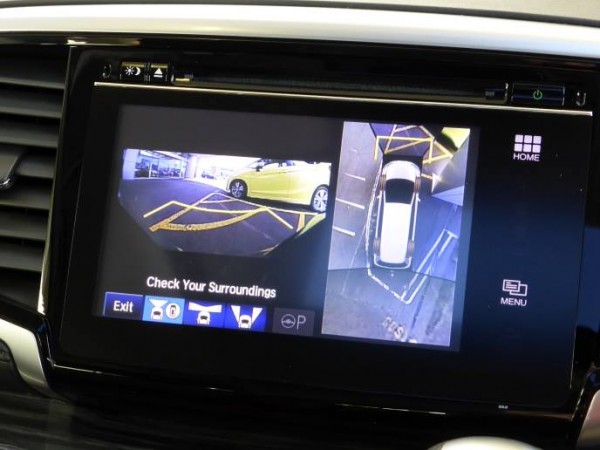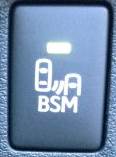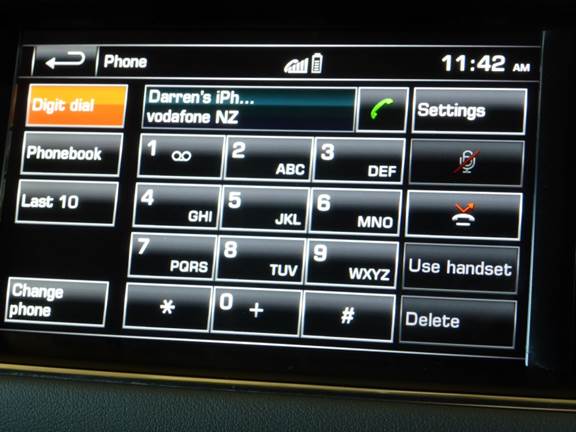New technologies in cars reduce the risk of accidents, but can make us complacent when driving. Relying on the technology rather than using good driving habits can jeopardise your driving test. Let’s take a look at technology you need to be cautious with.
Rear-view/reversing cameras and sensors
Many reversing systems are so good that you can almost reverse without even looking behind you or in your mirrors, but that would be a fatal error in your driving test. If you have to reverse, make sure you check both your mirrors and look over your shoulder, don’t just rely on what you see on the reversing camera screen, or whether you hear your reversing sensors beeping.
If your vehicle has rear cross traffic alert, this will be automatic and will alert you to vehicles in your blind spot that you won’t necessarily see coming. By all means, take advantage of this as it’s worse to reverse out and cause another vehicle or cyclist to swerve.

Automated parallel parking
If you’re asked to parallel park, you must execute this yourself and maintain control of the steering at all times. Automated systems will pick an appropriate gap and do the steering for you.
Cruise control
To maintain 30mph takes some level of skill. Using cruise control means you are not demonstrating this skill.
Automatic dipping headlights
These are not 100% foolproof and, while you won’t fail your test for inadvertently dazzling another driver, it does display a lack of awareness.
Blindspot warning systems
Blindspot monitoring is no excuse for not looking over your shoulder when you change lanes. By all means, use it to help you with your awareness, but the rules are clear for where to look when you make your manoeuvre.

Media and entertainment system
The examiner doesn’t want to listen to your beats, even though it might have synced automatically with your phone
Bluetooth phone integration
Your phone should be off and in the glovebox. Don’t run the risk of being distracted by an incoming call flashing up on a screen in your car. You’re not allowed to answer or make a call during your test.

Gearbox sports mode in automatic vehicles
You don’t need this as it will hold the vehicle in a gear which is too high. This demonstrates a lack of control of the vehicle.
Sports suspension settings
Don’t do anything that makes the examiner less comfortable. While examiners are trained to be impartial, you don’t want to give them any excuses for ending a test early.
Satellite navigation
You’ll be told when to use your satellite navigation. Don’t use it before then.
Other technology
Some technology is beneficial for your driving. A head-up display (HUD) can display useful information about your speed and the local speed limit. The examiner won’t be able to see this.
Some speedometers are difficult for the examiner to see – they can look like they are overreading. If you have a GPS speed readout in your vehicle, this can help you and the examiner ensure you are not exceeding the speed limit, but bear in mind it’s only accurate when the road is level, not on hills.
Automated emergency braking and forward collision warning will be automatically activated if your car has them. If they activate, it’s a good indication that you haven’t been looking far enough ahead (unless it’s because someone has pulled out or run out in front of you).
